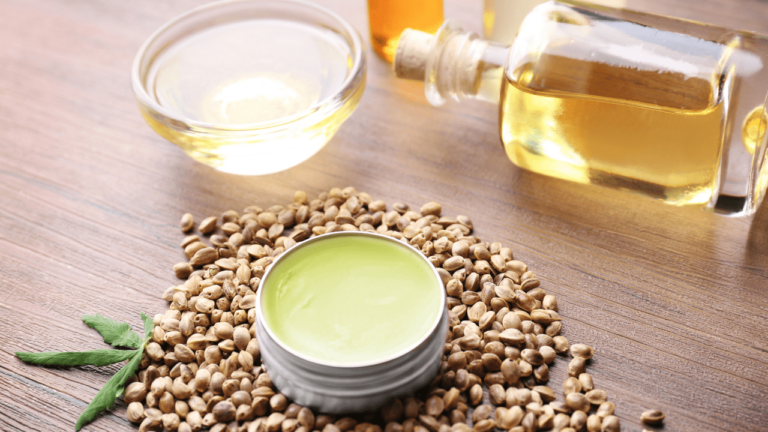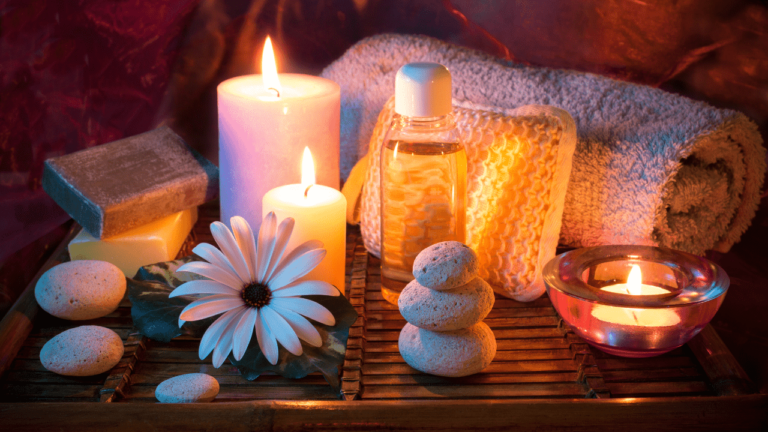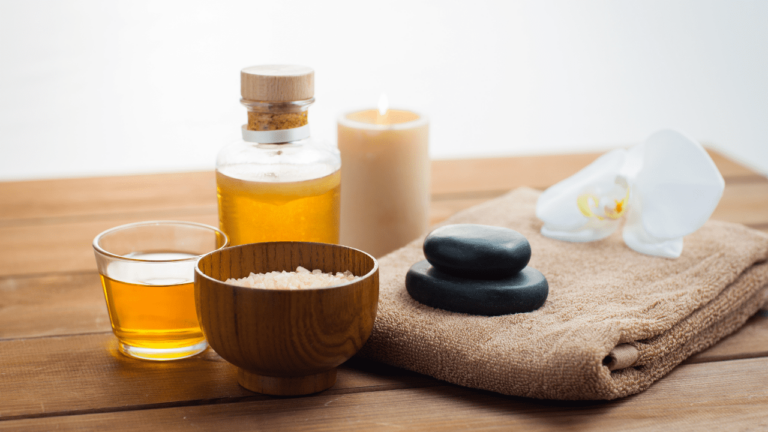How To Mix Carrier Oils With Essential Oils
Essential oils and their carrier oils both originate in nature. Carrier oils dilute essential oils so they can be applied to the skin without irritating. Given their potency, essential oils can be dangerous if used undiluted.
Most carrier oils are odorless or have a very mild smell so they won’t dilute the medicinal effects of an essential oil. You can use them on their own or combine them with other oils to nourish your skin.
What follows is a discussion about carrier oils, selecting the best one for your needs, and more.
What Are Carrier Oils, And What Do They Do?
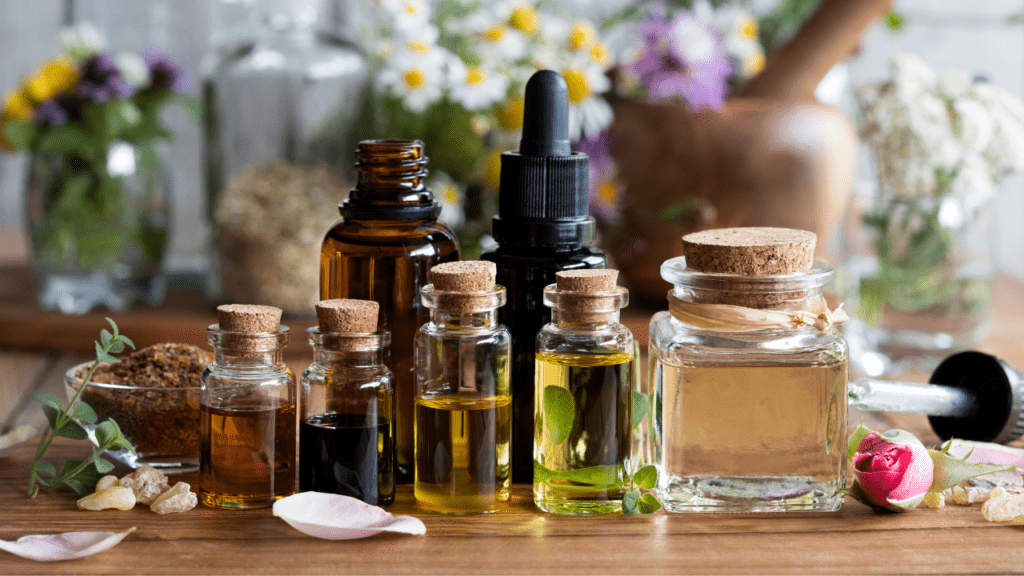
Carrier oils are diluted essential oils before application; they can be massaged into the skin or added to a bath. They are also an excellent method for extending the life of essential oils. Sweet almond and grapeseed oil are two other popular examples of carrier oils. We will also talk about other wonderful carrier oils, such as argan oil and tamanu oil, that have many of the same health advantages and therapeutic properties as these oils.
When deciding on the ideal carrier oil, it is important to consider the individual and the intended purpose, as each has unique advantages. Jojoba oil, for instance, works wonders on oily or acne-prone skin since it has a chemical composition identical to human sebum. Grapeseed oil’s abundance of anti-aging antioxidants makes it a fantastic anti-aging weapon. Plus, sweet almond oil is soothing and hydrating, making it ideal for dry or sensitive skin.
Read More:Seaweed Facial Mask Recipe for Dry Skin
How To Use A Carrier Oil For Essential Oil Blending
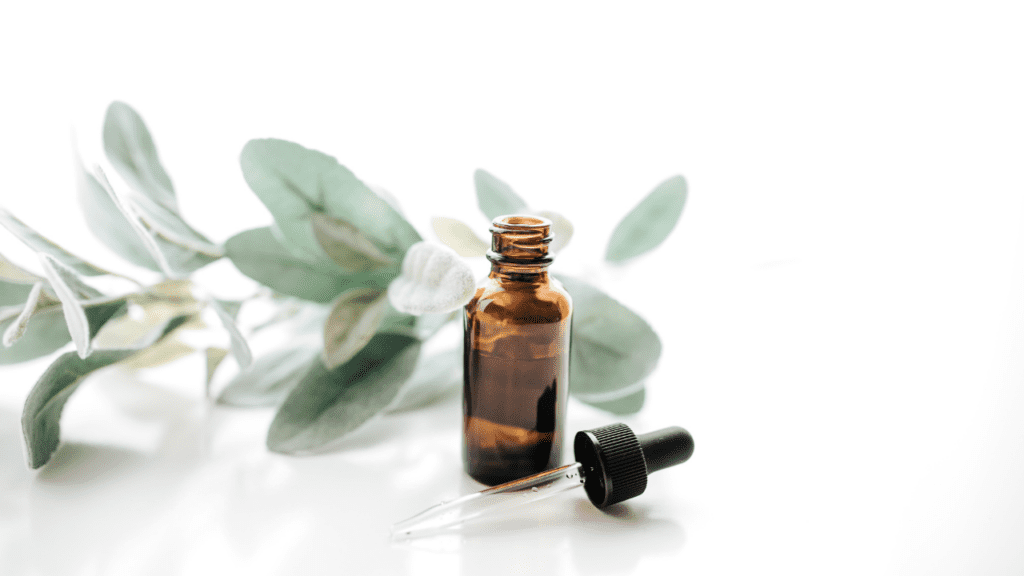
The medicinal advantages of essential oils are amplified when combined with a carrier oil. Essential oils can be dangerous, but when combined with carrier oil, their potency is greatly reduced, making them more user-friendly. They serve to shield the skin and improve essential oil absorption. Vitamins, fatty acids, and antioxidants are abundant, too.
Essential oils should be diluted with a carrier oil before being applied to the skin, which is another vital consideration. Carrier oils have multiple uses in skin care, including reducing skin irritation and sensitivity. There is a wide range in texture, composition, and application among carrier oils, so if one doesn’t agree with you, try another. So, try whatever you like.
skin type
Consider your skin type before making your carrier oil selection. Light oils, such as jojoba or grapeseed, may be preferable for those with oily skin, while emollient oils, such as avocado or olive, may be preferable for dry skin.
The fragrance of the carrier oil, combined with the essential oil, should also be considered. While certain carrier oils, such as fractionated coconut oil, have absolutely no discernible odor, others, like unrefined coconut oil, have a distinct aroma.
Select an essential oil, and dilute it with carrier oil by adding a few drops to a bottle. You should use a 3% essential oil to carrier oil ratio. For every 100 drops of carrier oil, you should use around 3 drops of essential oil. In other words, around 3 drops per teaspoon. A teaspoon contains around 100 drops or 5 milliliters.
Before applying the combination to a larger area, test it on a small skin patch first, and see a doctor if any bad reactions occur. Essential oils can be used safely and effectively by diluting them with carrier oil following these guidelines. Making your own organic, homemade beauty products may be a fun and easy project when you combine carrier oils with essential oils.
A wide variety of carrier oils are available, each with its own advantages. Although we have already covered some of the most common carrier oils, others, such as argan oil and tamanu oil, are just as potent.
How To Mix Carrier Oil With Essential Oils
Whenever possible, use organic, cold-pressed carrier oils from a manufacturer you trust. Even though most people may safely use carrier oils without worrying about an adverse reaction, it’s still smart to test them beforehand.
While studies have shown potential health benefits, the FDA does not oversee or control the quality or purity of essential oils. Before using essential oils, it’s best to consult a doctor and learn as much as possible about the brand’s quality products. Before using a new essential oil, it’s a good idea to perform a skin patch test.
To conduct a patch test, one must:
- Apply carrier oil on the inside of your wrist or below your ear.
- Put a bandage over the oil spill.
- After 24 hours, you should return to check on the area.
- In case of irritation, wash it off and don’t use it again.
You shouldn’t use oils made from tree nuts if you are allergic to them. Apricot kernel oil, argan oil, and sweet almond oil are examples.
Essential oils must be diluted with a carrier oil, and these proportions are recommended.
Some Carrier Oils To Mix With Your Essential Oils

Tamanu Oil
The Tamanu tree is found in Southeast Asia, and its nuts are used to make a healing oil called tamanu oil. The oil’s curative powers have made it a staple in alternative medicine for generations. Acne, eczema, and psoriasis are just a few skin issues that tamanu oil is helping people with today.
Tamanu oil has been demonstrated to be beneficial in reducing stretch marks and scars, and there is some evidence that it can hasten the healing of wounds and burns. The anti-inflammatory and analgesic characteristics of tamanu oil make it an effective treatment for joint pain, sore muscles, and headaches, in addition to its skin advantages.
Tamanu oil is one of the greatest carrier oils because of its wide variety of uses and is quickly rising in popularity.
Argan oil
Argan oil is oil produced from the Moroccan argan tree’s kernels. Moroccan ladies have relied on this oil for ages to shield their hair and skin from the sands of the desert. Argan oil is a great moisturizer since it contains vitamin E and important fatty acids (such as oleic acid and linoleic acid). It can also aid in the removal of wrinkles and the healing of scars. Argan oil has risen in popularity recently as a component of cosmetics, including shampoo, conditioner, and body lotion. It’s also a popular addition to bath water and massage oils. Argan oil has a nutty flavor and scent. Thus, some people use it as a cooking oil. This high-quality carrier oil has multiple applications, including those for the hair, skin, and kitchen.
Read More:How to Store Your Favorite Essential Oil the Right Way!
Conclusion
Essential oils can be used without risk when combined with a suitable carrier oil. They aid in skin hydration and nourishment as well. However, not all oils are suitable for use as carrier oils. Butter, petroleum jelly, and mineral oil are all bad ideas.
Do not apply oil diluted with essential oil to your lips, eyes, or other sensitive areas. However, carrier oil alone is okay to apply to these spots.


